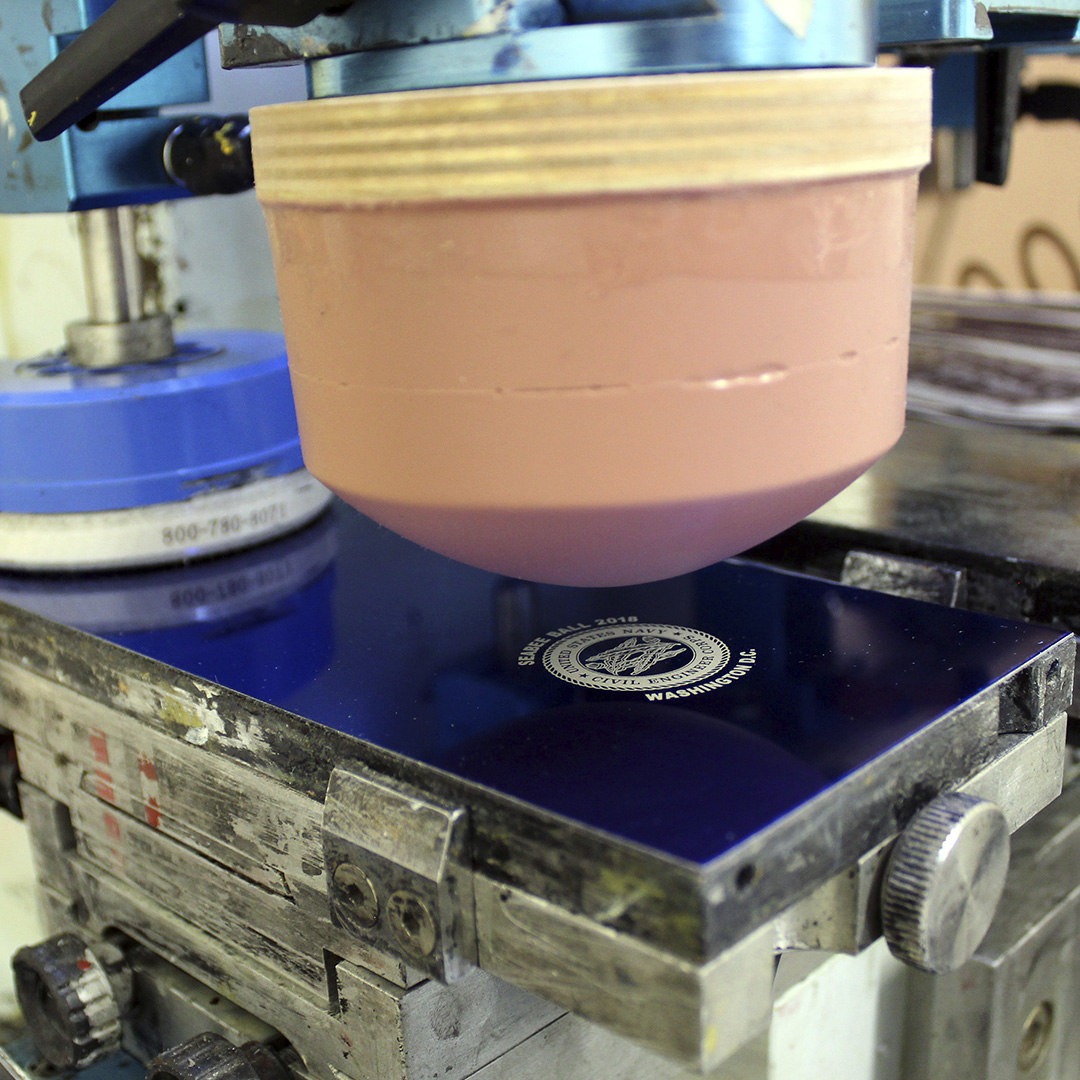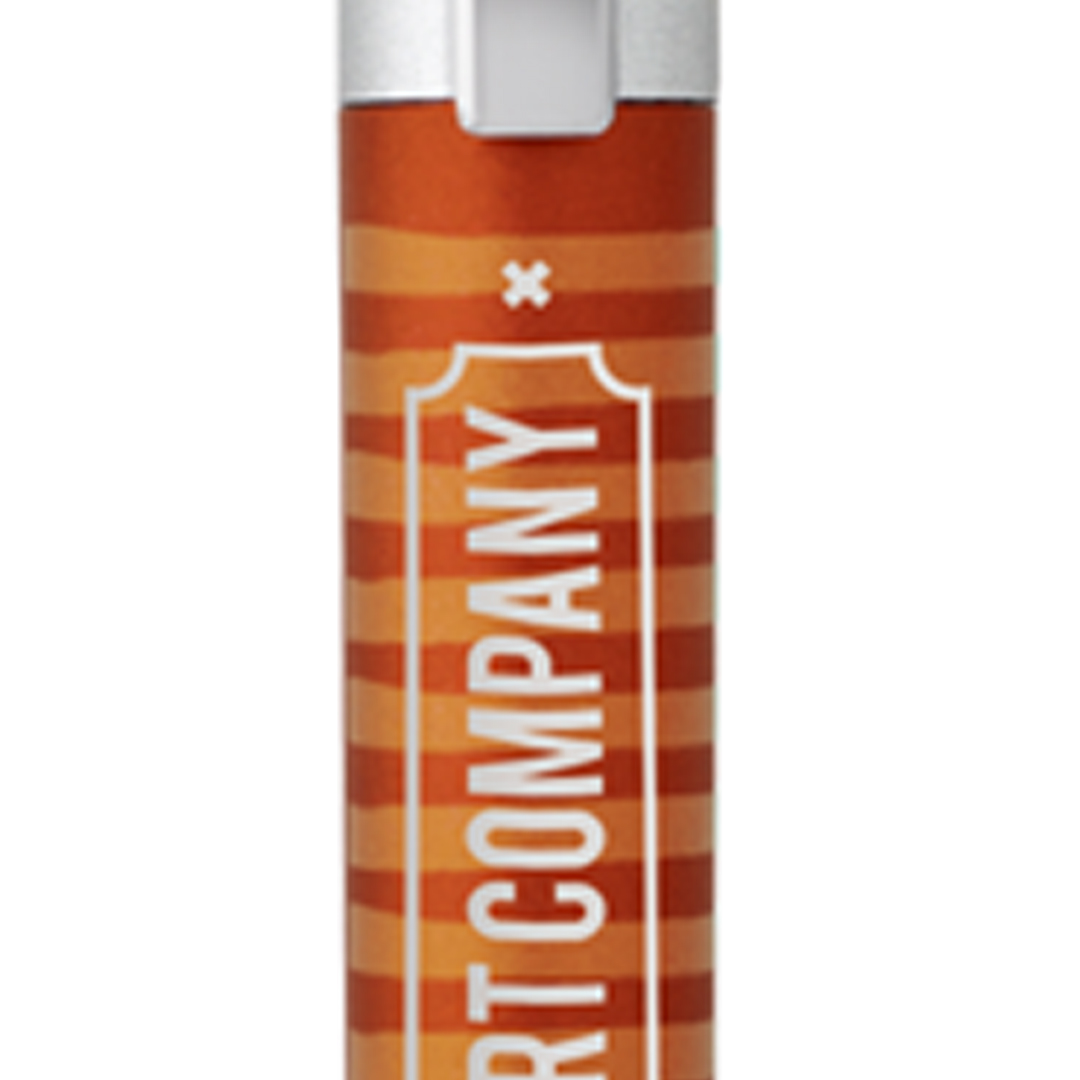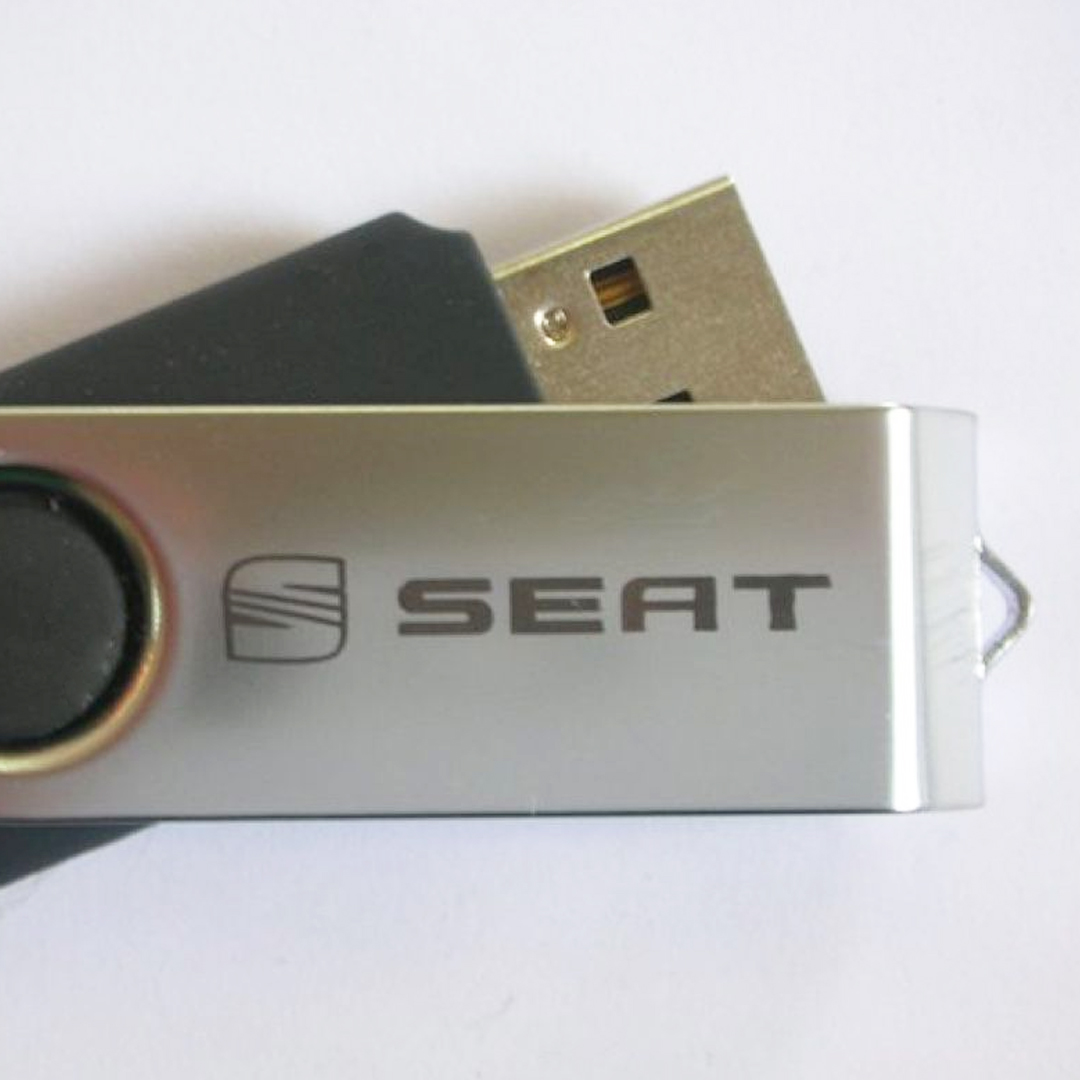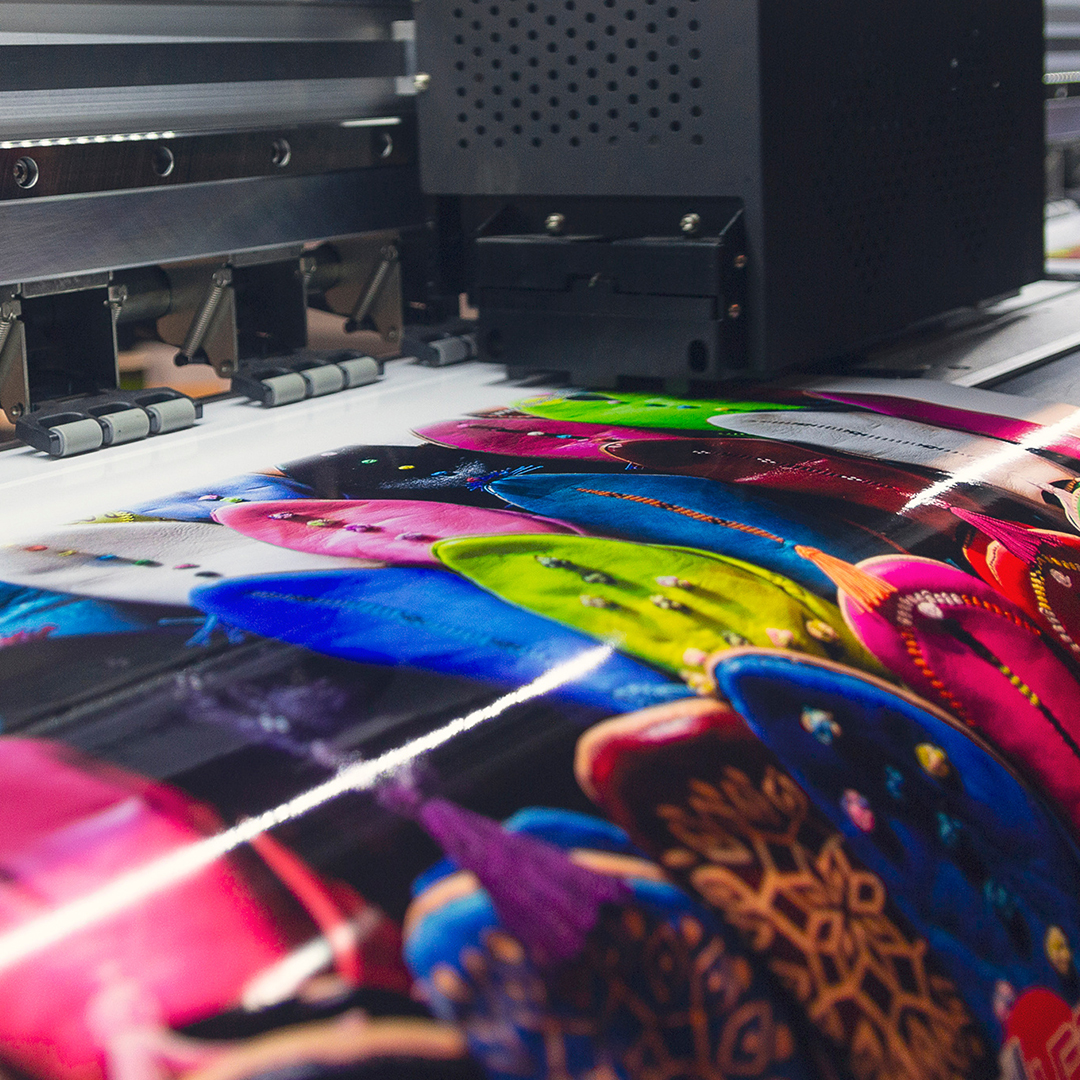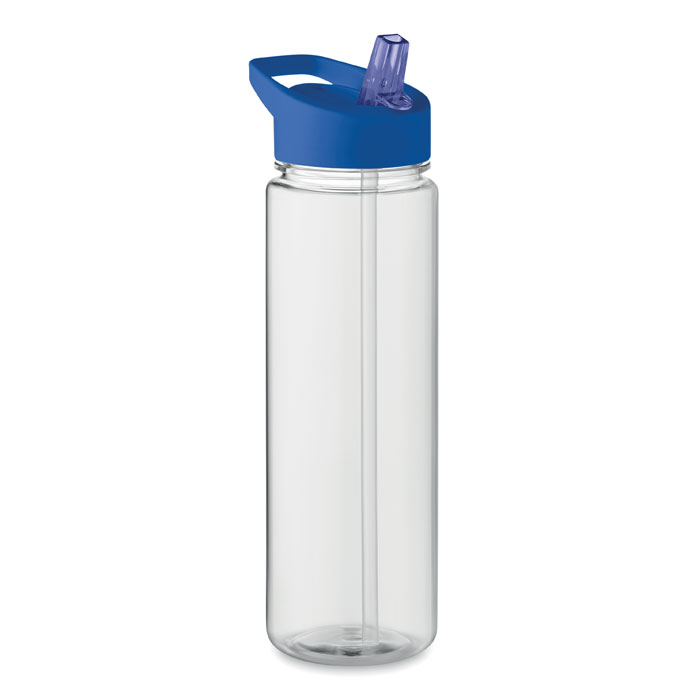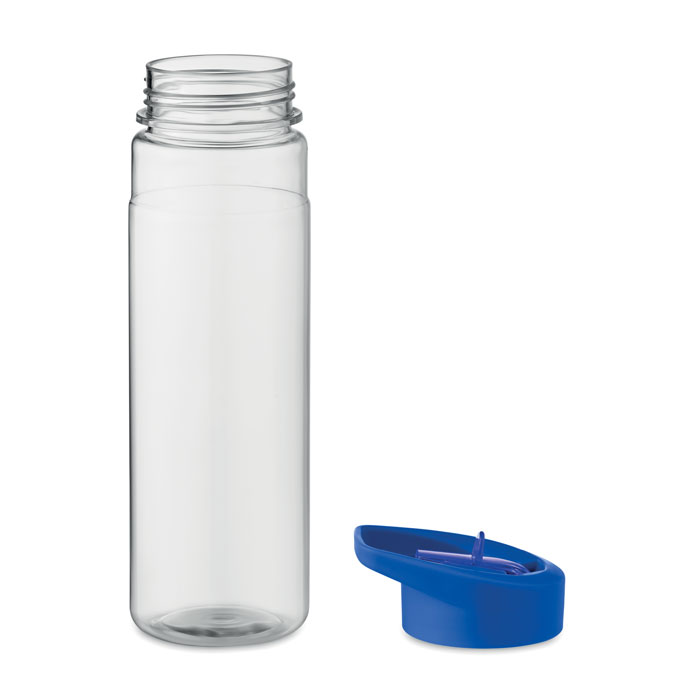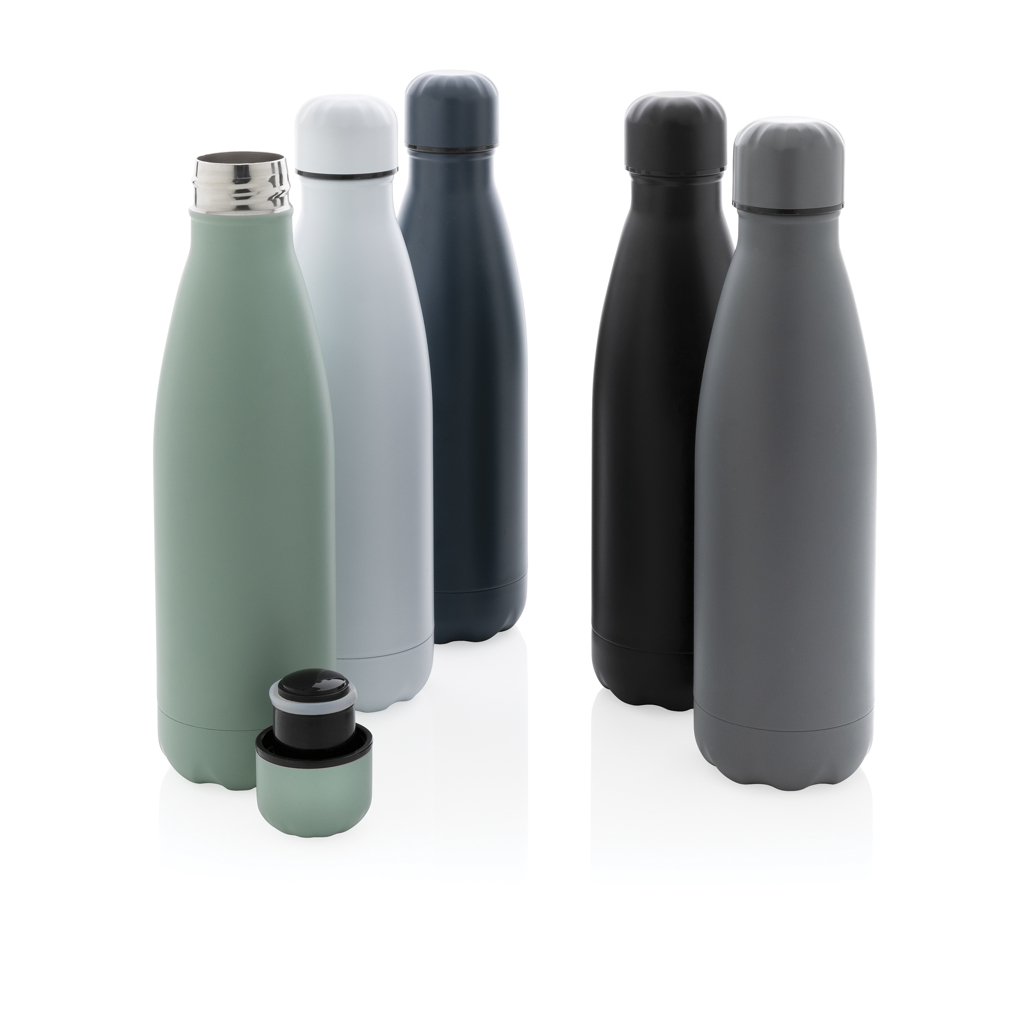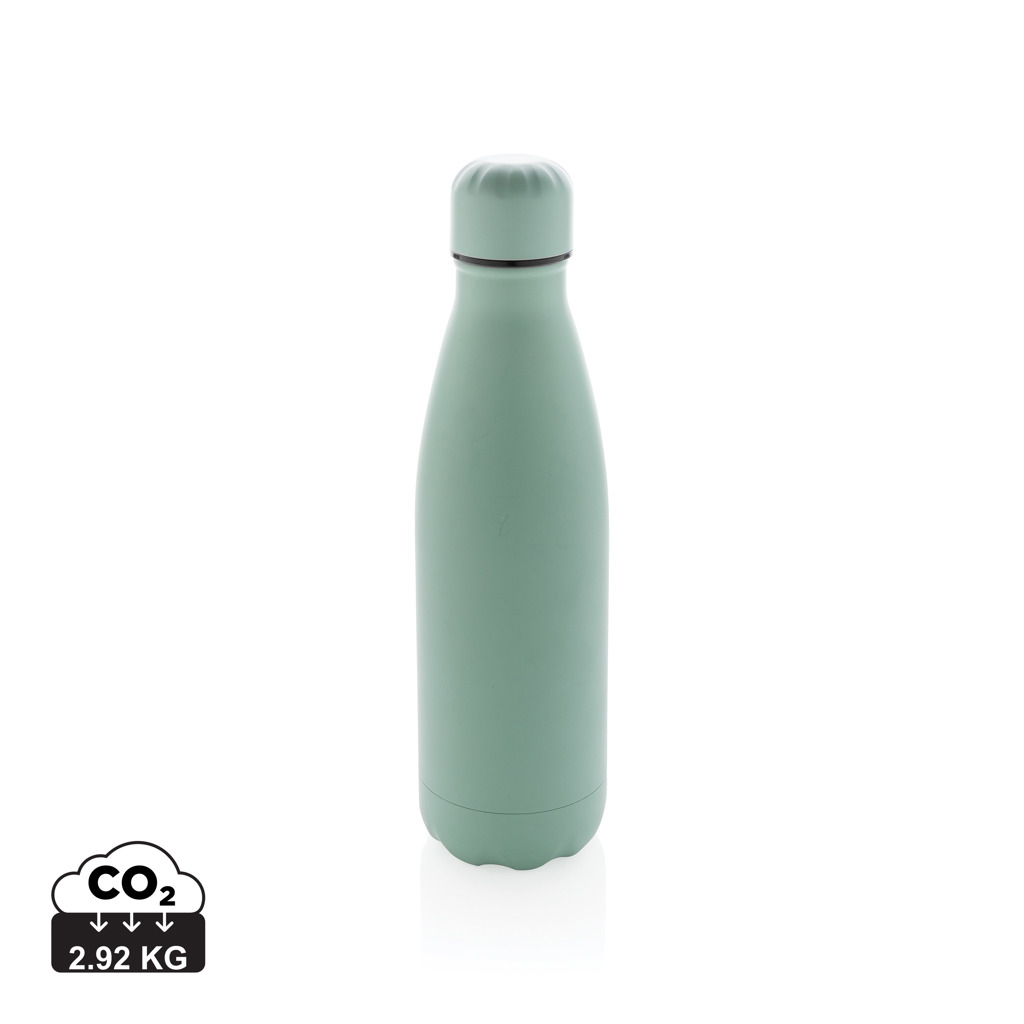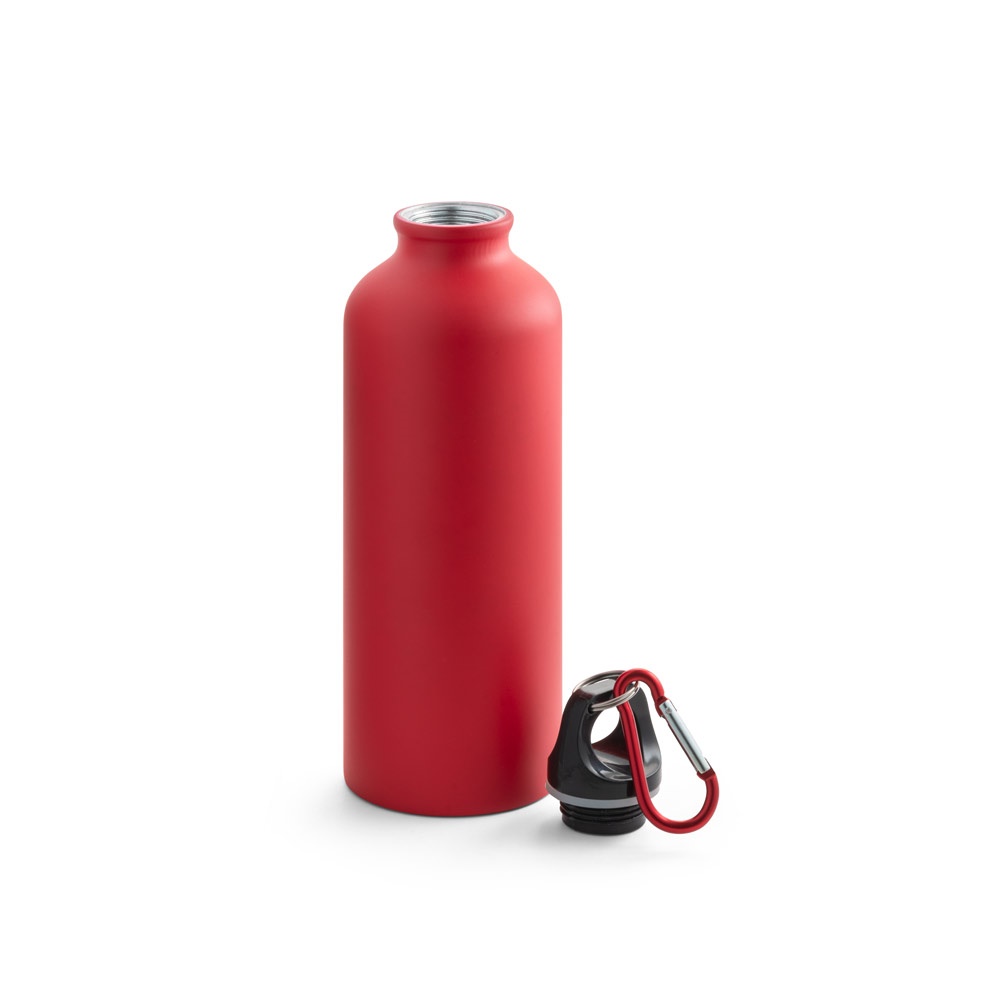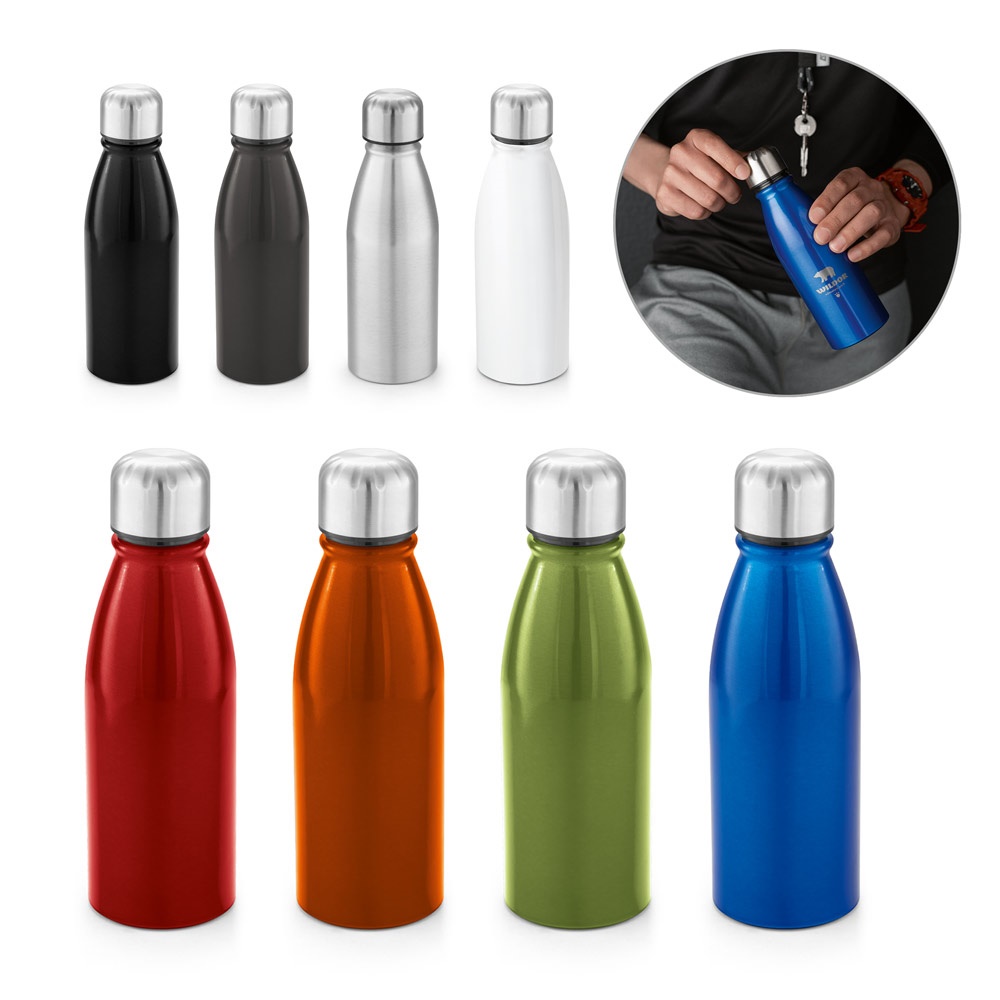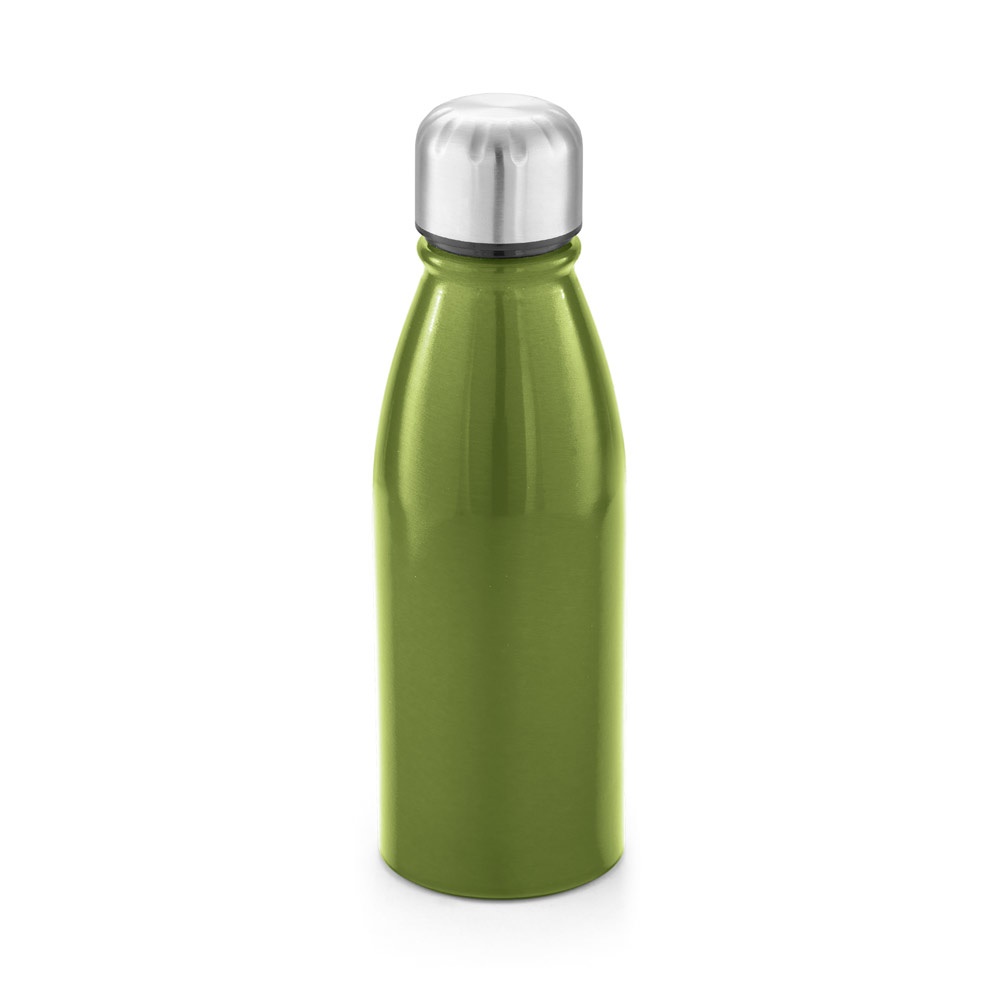The Flow RCS recycled stainless steel vacuum bottle is designed for long lasting enjoyment of your drinks. The double wall recycled stainless steel vacuum construction keeps beverages chilled for up to 15 hours or warm for up to 5 hours. Three-part design: easy to fill and easy to take apart for cleaning. Made with RCS (Recycled Claim Standard) certified recycled materials. RCS certification ensures a completely certified supply chain of the recycled materials. Total recycled content: 75% based on total item weight. BPA free. Capacity 540ml. Suitable for drinks up to 75℃. Including FSC®-certified kraft packaging. Registered Design®
Size:
22.5 x ø 7.4 cm
Composition: Recycled Stainless steel, Recycled Stainless steel
Weight: 260 grams
Units per box: 24 units
Box measurements: 34 x 25 x 49 (cm)
Pad Printing
Pad printing is a printing process that involves intaglio printing our design onto a flat plate. The ink is applied evenly to the plate, and a silicone pad presses against the surface, creating a perfect imprint for printing on our product. One or more spot colors can be printed. It is primarily used for small items such as pens, USB flash drives, keychains, and lighters, and is the most economical solution for a variety of items.
Rotary Screen Printing
Circular screen printing is the same technique as silkscreen printing, but it's applied at 360ᄚ. It's more expensive than flat screen printing, but it allows for printing on a larger surface area of ??a cylindrical item such as a can, bottle, or pen.
Laser engraving
Laser engraving is one of the most precise and durable marking techniques available. A computer-guided laser beam is projected onto the surface of the product, creating a low-relief design. The result is sharp and elegant. The most suitable materials for this customization technique are metal, wood, or glass. This technique is commonly used on keychains, pens, and USB flash drives.
Digital printing
Digital printing is, of all the marking techniques, the most modern. It allows printing directly onto a garment or paper using special printers. No screens or drying are required, and the results are high-quality. It allows printing full-color gradients or photographs. It is a widely used technique for labels or pins.
